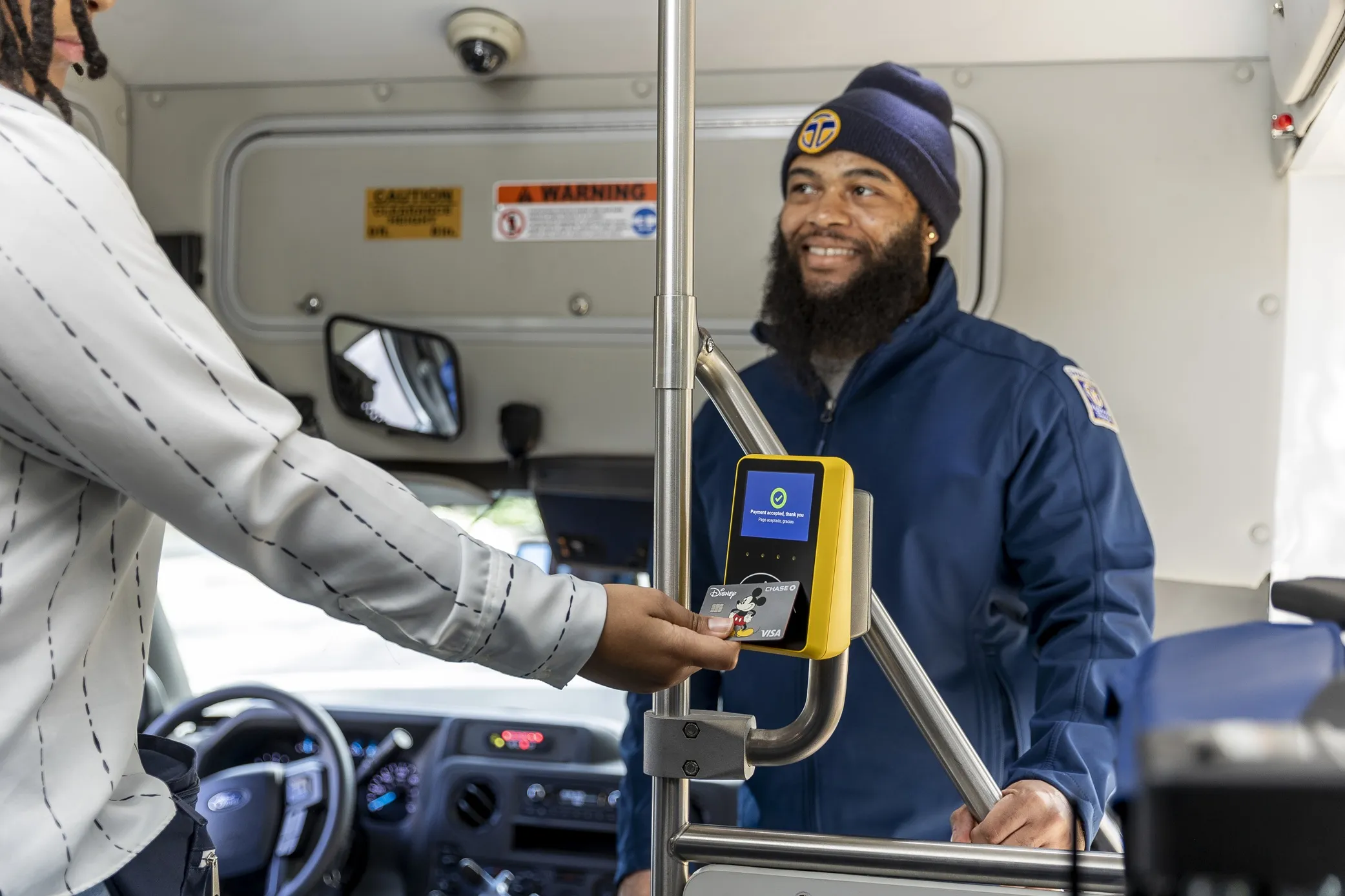Electric vehicle (EV) charging technology provider, OpConnect has introduced smartphone payment technology for its OpConnect network EV charging stations. EV drivers can use the OpConnect iPhone app, or other smartphone scanners to access free stations or to pay for a charging session at stations that require payment. Mobile payments are just one of many payment options available to OpConnect network members and non-members. OpConnect stations can be accessed in a variety of ways including using an email
October 31, 2012
Read time: 2 mins
Electric vehicle (EV) charging technology provider, 6804 OpConnect has introduced smartphone payment technology for its OpConnect network EV charging stations. EV drivers can use the OpConnect iPhone app, or other smartphone scanners to access free stations or to pay for a charging session at stations that require payment.
Mobile payments are just one of many payment options available to OpConnect network members and non-members. OpConnect stations can be accessed in a variety of ways including using an email address, a credit card, an OpConnect Network card, the Wright Express Fleet card, and now, a smartphone.
"A complaint we often hear in our industry is that drivers have to carry a RFID device or a card to access certain stations. OpConnect has always allowed any EV driver access to our stations without the need to pre-register or call a phone number. Now we're making it even easier for drivers to use OpConnect network stations with their smartphones. Our strength is our software and systems integration capability, including mobile technologies. This is another example of how we're listening to the market and continually innovating to give EV drivers what they want," said Dexter Turner, OpConnect CEO.
Mobile payments are just one of many payment options available to OpConnect network members and non-members. OpConnect stations can be accessed in a variety of ways including using an email address, a credit card, an OpConnect Network card, the Wright Express Fleet card, and now, a smartphone.
"A complaint we often hear in our industry is that drivers have to carry a RFID device or a card to access certain stations. OpConnect has always allowed any EV driver access to our stations without the need to pre-register or call a phone number. Now we're making it even easier for drivers to use OpConnect network stations with their smartphones. Our strength is our software and systems integration capability, including mobile technologies. This is another example of how we're listening to the market and continually innovating to give EV drivers what they want," said Dexter Turner, OpConnect CEO.









